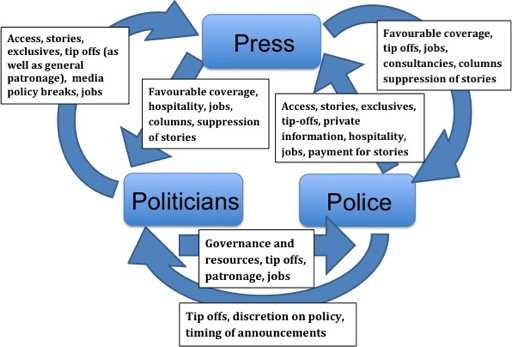The New York Times has a feature by Elissa Gootman about American parents who encourage their children’s writing by self-publishing their books. She quotes a dismissive comment by Tom Robbins, a novelist of whom I had never heard but who, according to this profile, writes 500 words a day longhand:
“What’s next?” asked the novelist Tom Robbins. “Kiddie architects, juvenile dentists, 11-year-old rocket scientists? Any parent who thinks that the crafting of engrossing, meaningful, publishable fiction requires less talent and experience than designing a house, extracting a wisdom tooth, or supervising a lunar probe is, frankly, delusional.”
Writing in the Guardian, Dan Gillmor is (rightly) having none of this:
Robbins’ annoyance was a classic of the genre and clever in its framing, but not terribly original as an idea. For years we’ve been treated to curmudgeon-isms from a variety of professionals who betray fear and/or contempt when the hoi polloi finds a way across the moats and into their castles. In a field to which I pay close attention – what has become known in the past decade as citizen journalism – angst from employed journalists has never fully abated. A few media organisations, including this newspaper, have embraced the long-obvious reality that the former audience can and should be integral to the journalism process. Some others have concluded that they can get their audiences to do some of the work for no compensation beyond a pat on the head; this is shabby but, sadly, in wide practice. And many others still fear, or even loathe, the very idea that the hallowed newsroom pros’ authority has been challenged at all.
The term “citizen journalism” has led to all kinds of clever analogies, on which Robbins builds in his Times quote. One of my favourites is “citizen surgeon”, which I first heard many years ago. Of course, I don’t want anyone but a certified surgeon cutting into me if required. But humans have done all manner of “citizen medicine” through the aeons. When my mother sterilised a pin in a flame and poked around my finger to remove a splinter many decades ago, she was not performing surgery, but it was medical care.
In today’s world of democratised technology, average people are playing roles they never dreamed of in the past. That is why we have legions of citizen astronomers, among armies of citizen scientists in a variety of disciplines, making discoveries every week. The need for well-trained scientists has not diminished, but the rest of us are contributing in new and immensely valuable ways.
Spot on.

